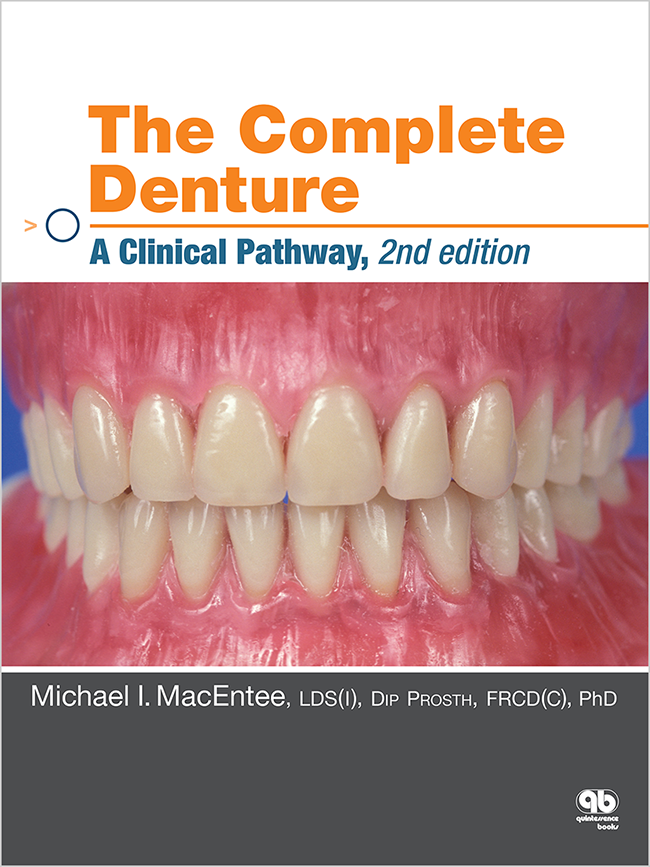The International Journal of Prosthodontics, 2/2013
DOI: 10.11607/ijp.2893, PubMed-ID: 23476905Seiten: 127-134, Sprache: EnglischGonda, Tomoya / MacEntee, Michael I. / Kiyak, H. Asuman / Persson, G. Rutger / Persson, Rigmor E. / Wyatt, ChristopherPurpose: This study identifies clinical factors that predict multiple tooth loss in a socioculturally diverse population of older adults.
Materials and Methods: A total of 193 participants from English-, Chinese-, or Punjabi-speaking communities in Vancouver, British Columbia, with low incomes and irregular use of dental services were followed for 5 years as part of a clinical trial of a 0.12% chlorhexidine mouthrinse. The participants were interviewed and examined clinically, including panoramic radiographs, at baseline and annually for 5 years. Binary logistic regression was used to test the hypothesis that there was no difference between incidence of multiple (>= 3) tooth loss in older people with various biologic, behavioral, prosthodontic, and cultural variables over 5 years.
Results: Multiple tooth loss, which was distributed similarly among the groups in the trial, occurred in 39 (20%) participants over 5 years. The use of removable prostheses was the best predictor of loss, followed by the number of carious surfaces and number of sites with gingival attachment loss > 6 mm. The pattern of prediction was consistent across the three linguocultural groups.
Conclusion: The use of removable dentures was the dominant predictor of multiple tooth loss in the three communities, but that tooth loss was not significantly associated with the cultural heritage of the participants.
The International Journal of Oral & Maxillofacial Implants, 3/2002
Seiten: 391-398, Sprache: EnglischWalton, Joanne N. / MacEntee, Michael I. / Glick, NedPurpose: This randomized clinical trial examined implant overdenture (IOD) fabrication and maintenance time and costs, adjustment and repair incidence, and patient satisfaction after 1 year. Materials and Methods: Sixty-four patients received 2 mandibular implants and an IOD with either a bar with 2 clips or 2 ball attachments for denture retention. Results: Fabrication time, number of appointments, and chair time for adjustments were similar for the 2 denture designs. The most common adjustments for both types were to the IOD contours. Ball-attachment dentures required about 8 times longer for repairs than bar-clip prostheses. Approximately 84% of patients with ball-attachment dentures needed at least 1 repair, versus 20% of those with a bar-clip mechanism. The most common repairs were replacement of the cap spring or cap for the ball-attachment IOD and replacement of a lost or loose clip for bar-clip dentures. Discussion: Patients were equally and highly satisfied with the improvements in function, comfort, and appearance with both types of IOD compared to their original conventional dentures. Conclusions: Given equivalent levels of patient satisfaction with either method of retention and a much higher repair rate for the ball attachment, it is suggested that a bar-clip design be used rather than the particular ball attachment utilized in this study.





